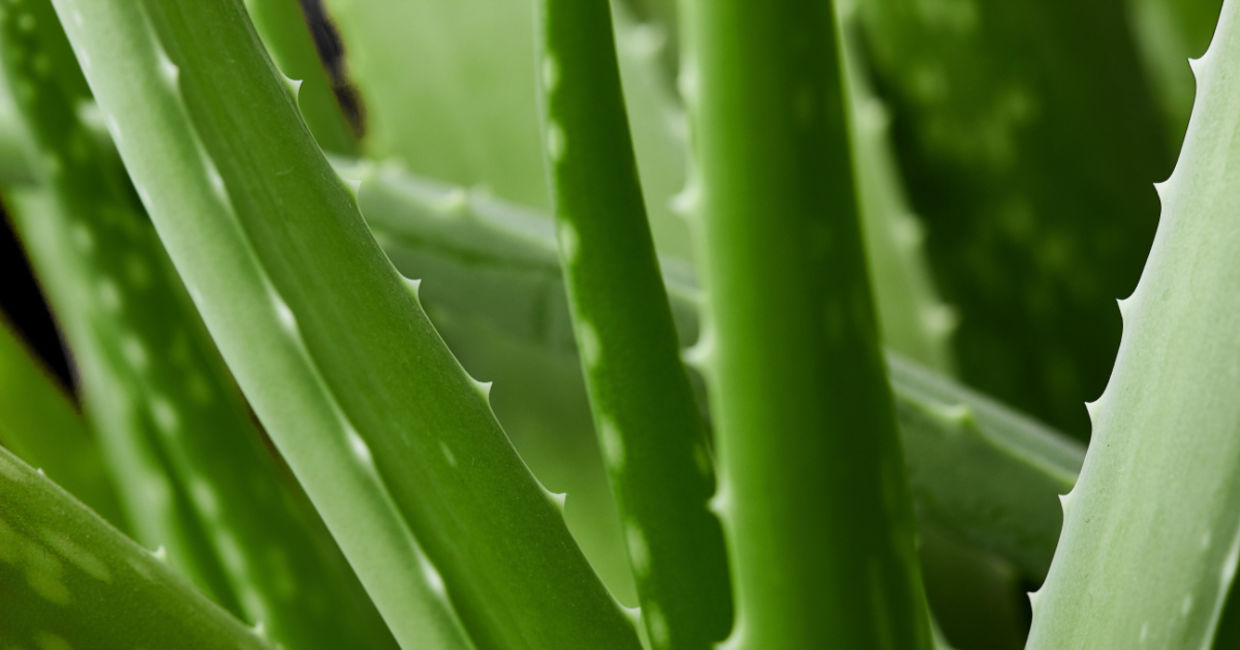
(Vania Zhukevych / Shutterstock.com)
Aloe vera has been used for thousands of years as a healing plant. The gel from the plant’s leaves has been used to help heal wounds and burns, as well as to reduce the itching from insect bites. Now, it can be used to repel insects too.
The peels, or rinds, of the aloe plants are routinely discarded as agricultural waste but researchers from the University of Texas Rio Grande Valley have found a way to use the leaves as natural insecticides for crops, according to Eco Watch.
The results of the unpublished research will be presented at the fall 2023 meeting of the of the American Chemical Society (ACS).
“It’s likely that millions of tons of aloe peels are disposed of globally every year. We wanted to find a way to add value and make them useful,” Debasish Bandyopadhyay, PhD, who was the primary investigator on the project, said in a press release from the ACS.
Why aloe peels?
Bandyopadhyay became interested in looking at aloe peels as a potential insecticide after he and a colleague visited an aloe processing center. He saw that insects were avoiding the aloe as they happily munched on the leaves of other nearby plants.
He was so intrigued that he asked the CEO of the company if he could take some of the rinds home to study. While aloe gel has been used in some DIY natural pesticide recipes, the peels weren’t always used.
The peels at the processing center and others like it have been treated as agricultural waste and used to create biomass but this can release methane and other greenhouse gasses into the atmosphere. Bandyopadhyay thought his idea of making a useful product from the peels was an eco-friendly alternative.
“The goal is to recycle this waste in a meaningful way while making aloe production greener and more sustainable,” said Bandyopadhyay.
About the study
In the study of the aloe peels potential use as a natural insecticide, Bandyopadhyay and his research team began by drying the peels, according to Eco Watch. The rinds were dried in the dark at room temperature to keep the plant's bioactivity intact. Heat and light could damage the peels.
The researchers produced a variety of extracts using dichloromethane (DCM), hexane, methanol and water. The DCM contained a plant compound that was known to kill mosquitos.
In fact, the team came up with 20 compounds in the peels, some of which have antibacterial and antifungal benefits. Six of the compounds have insecticidal properties and are nontoxic. The next step is for the researchers to field test the insecticidal compounds on agricultural plants.
“By creating an insecticide that avoids hazardous and poisonous synthetic chemicals, we can help the agricultural field,” Bandyopadhyay said in the press release. “But if the peels show good anti-mosquito or anti-tick activity, we can also help the general public.”
YOU MIGHT ALSO LIKE:
7 Best Health Benefits of Aloe Vera
7 Natural Mosquito Repellents to Try
5 Super Simple Ways to Get Pesticides Off Your Produce







